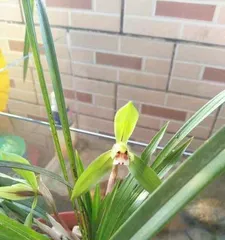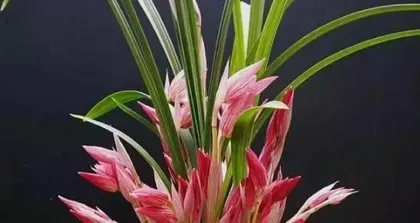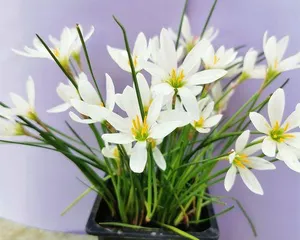Lotus is a beautiful flower, widely used for decoration in courtyards, flower beds, parks, and other places. To have a beautiful lotus pond, you first need to understand the planting and care methods for lotuses. This article will provide a detailed introduction to the planting, fertilizing, watering, pruning, pest and disease prevention of lotuses.

Site Selection
Choose a planting location for lotuses that is sunny, has a sufficient water source, and has good drainage. When selecting a site, also be sure to avoid interference from roads and high-voltage power lines.
Soil Requirements
Lotuses prefer to grow in sedimentary and silty soil. The soil should be soft, fertile, and have moderate moisture content. When choosing soil, you can mix loamy sand with leaf mold to ensure good aeration and drainage.

Fertilizing
Lotuses grow vigorously and require continuous nutrient replenishment. Before planting, you can add a certain amount of mature organic fertilizer to the soil, and then fertilize regularly every year to provide sufficient nutrients.
Watering
Lotus is an aquatic plant, and water is essential for its survival. During the growing period, it is necessary to ensure a sufficient water supply, but avoid overwatering and waterlogging. Water once in the morning and once in the evening to keep the soil moist.
Pruning
The stems and leaves of lotus grow rapidly. If not pruned in time, it will affect the overall growth effect. During the growing period, it is necessary to promptly prune diseased, pest-infested, and overly vigorous stems and leaves to keep the lotus neat and beautiful.

Pest and Disease Control
Lotus are susceptible to pests and fungal infections. During the maintenance process, it is necessary to observe the growth of the flowers, and if pests or diseases are found, take timely measures to control them to ensure the healthy growth of the lotus.
How to Transplant
If transplantation is necessary during the growth of lotus, choose the right time and method. Spring and autumn are generally the most suitable times for transplantation. Be careful during transplantation to avoid damaging the roots of the lotus.
Avoid Sun Exposure
Lotus is a shade-loving plant. During the growing period, direct exposure to the sun should be avoided, as it can damage the leaves. It should be planted in a place with tree shade or other shading measures like a sunshade.
Maintain Water Temperature
Lotus requires a stable water temperature during its growth process. Water that is too cold or too high will affect its normal growth. It is recommended to keep the water temperature around 18°C in spring and summer, and around 13°C in autumn and winter.
Control Water Depth
Pay attention to the water depth when planting lotus. Insufficient water depth may lead to poor growth. Generally, the water depth in shallow areas should be between 20-30 cm, and in deep areas, it can reach 1-2 meters.
Regular Water Change
Impurities and nutrients in the water are one of the main factors affecting the growth of lotus. Regularly changing the water to keep it fresh and clean is very beneficial for the growth of lotus.
Observe Growth Conditions
During the growth process of lotus, it is necessary to frequently observe the growth of the flowers, identify problems in a timely manner, and take corresponding measures to solve them to ensure the healthy growth of the lotus.
Moderate Fertilization
Moderate fertilization can promote the growth of lotus, but excessive fertilization will lead to excessive growth, root hypoxia, and also cause pests and diseases. Therefore, it is important to pay attention to moderate fertilization.
Maintain Humidity
Lotus needs to maintain humidity, which is essential for its growth. In dry climates, you can spray water around the flowers, or plant them in an environment with a moisturizing effect.
Lotus is a very beautiful aquatic plant. If you want to have a beautiful lotus pond, you must pay attention to the planting and care methods for lotus. Through measures such as selecting appropriate soil and location, fertilizing, watering, pruning, and pest control, lotus can grow healthily and make the flowerbed more beautiful.